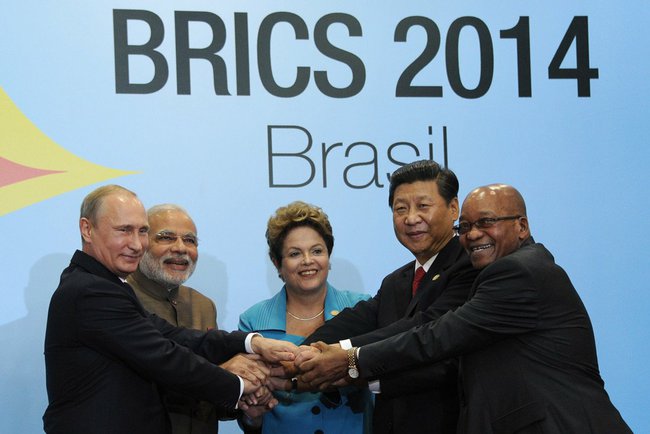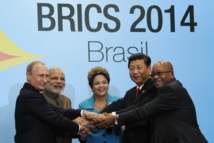However, the current recession in Brazilian and Russian economies does not leave any chances to consider the union in its former capacity. It is known that at the end of last year, Goldman Sachs closed BRIC fund after its assets fell below $ 100 million after peaking $ 800 million at the end of 2010.
Excitement of investing in the BRIC group gradually goes away giving place to TICK countries: India, China, Taiwan and South Korea. The new group has every chance to oust Brazil and Russia as exporters of commodities.
Apart from catchy acronyms, one can see that these changes indicate dramatically changing nature of emerging markets - all over the world in general - in regard to the services sector, in particular technologies. In addition, trade in commodities is stepping forward.
"BRIC is no longer the main driver of growth in emerging markets as it once was. Everything has changed. Technology capture the market. I do not think most consumers are fully aware of how the situation is changing in emerging markets. They think of Brazil, Russia, their large energy companies. All this is very far from the truth, "- says the founder of the research firm Copley Fund Research Stephen Holden.
Richard Sneller, head of emerging markets investments department at Baillie Gifford, said: "Young consumers on a number of emerging markets are adapting to technological changes such as e-commerce and online shopping faster than Americans. 15-20 years ago, we were expecting that these technologies would generate huge profits. Now it is becoming a reality."
Luke Richdale , Expert at JPMorgan, says: "Everything on the market relates to technology is originated in China and spread to other countries."
According to Copley Fund, TICK’s share in the investment portfolio of an average fund was 40% in April 2013. Now, it has risen to 54%. At the same time, BRIC countries’ share is below 40%.
As of December, 63% of these funds have at least 50% of assets invested in TICK, while only 10% of the funds have comparable amount of assets invested in BRIC.
Some funds of JPMorgan, Nordea and Swedbank account for no less than 35% in Taiwan and Korea. Investment companies managed by Carmignac, Fidelity and Baillie Gifford are now investing in Brazil and Russia 3% or even less of the assets.
It is still unclear what is it supposed to mean. Perhaps it reflects deep structural changes, yet the likeliness that this is a purely cyclical change is still present.
source: ft.com
Excitement of investing in the BRIC group gradually goes away giving place to TICK countries: India, China, Taiwan and South Korea. The new group has every chance to oust Brazil and Russia as exporters of commodities.
Apart from catchy acronyms, one can see that these changes indicate dramatically changing nature of emerging markets - all over the world in general - in regard to the services sector, in particular technologies. In addition, trade in commodities is stepping forward.
"BRIC is no longer the main driver of growth in emerging markets as it once was. Everything has changed. Technology capture the market. I do not think most consumers are fully aware of how the situation is changing in emerging markets. They think of Brazil, Russia, their large energy companies. All this is very far from the truth, "- says the founder of the research firm Copley Fund Research Stephen Holden.
Richard Sneller, head of emerging markets investments department at Baillie Gifford, said: "Young consumers on a number of emerging markets are adapting to technological changes such as e-commerce and online shopping faster than Americans. 15-20 years ago, we were expecting that these technologies would generate huge profits. Now it is becoming a reality."
Luke Richdale , Expert at JPMorgan, says: "Everything on the market relates to technology is originated in China and spread to other countries."
According to Copley Fund, TICK’s share in the investment portfolio of an average fund was 40% in April 2013. Now, it has risen to 54%. At the same time, BRIC countries’ share is below 40%.
As of December, 63% of these funds have at least 50% of assets invested in TICK, while only 10% of the funds have comparable amount of assets invested in BRIC.
Some funds of JPMorgan, Nordea and Swedbank account for no less than 35% in Taiwan and Korea. Investment companies managed by Carmignac, Fidelity and Baillie Gifford are now investing in Brazil and Russia 3% or even less of the assets.
It is still unclear what is it supposed to mean. Perhaps it reflects deep structural changes, yet the likeliness that this is a purely cyclical change is still present.
source: ft.com



















